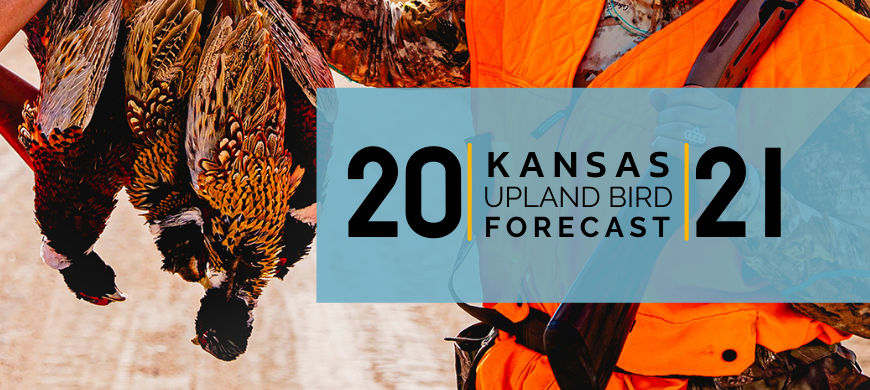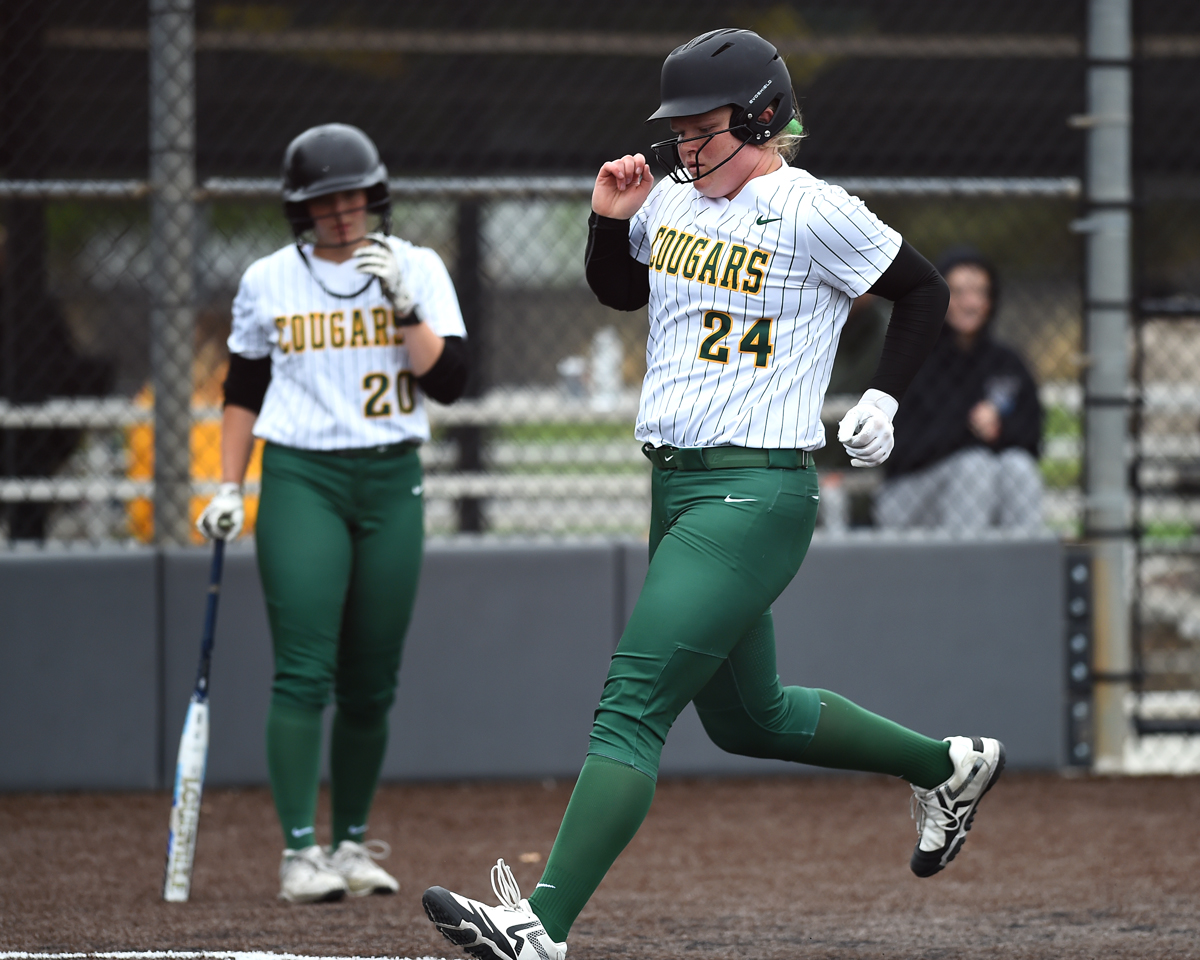November 13 marks the opening day for Kansas’ regular quail and pheasant seasons, and September 15 marked the opening day of Kansas’ regular greater prairie chicken season – the trifecta that is upland hunting in the Sunflower State.
According to the Kansas Department of Wildlife and Parks, hunters will be pleased to hear that for 2021, the outlook looks promising, as Kansas’ popular upland game bird populations once again appear to be faring well. But with so many opportunities statewide, it may be difficult for hunters to narrow down the best locations to hunt; that’s where the Kansas Department of Wildlife and Parks’ (KDWP) 2021 Kansas Upland Bird Forecast comes in handy.
Produced annually by KDWP’s Wildlife Division, the 2021 Kansas Upland Bird Forecast is compiled from data collected during the Department’s spring calling surveys for pheasants (crow counts), quail (whistle counts), and prairie chickens (lek counts), as well as late-summer roadside surveys for pheasants and quail.
Here’s a snippet of what hunters will find in the 2021 Kansas Upland Bird Forecast, available online at ksoutdoors.com/Hunting/Upland-Birds, and at most KDWP offices.
Quail
Kansas continues to support above-average quail populations with spring densities similar to last year, including significant increases in the Smoky Hills region of north central Kansas and the Flint Hills.
Since peak nesting for quail is later than pheasants, there is some concern about chick survival with late summer conditions; However, reproduction measures remained high and improved across most regions on the brood survey.
Despite improved production, brood survey results estimate a decrease in statewide densities fueled mostly by large decreases in estimates in the Smoky Hills. Disagreement between these estimates and production estimates may suggest that poor survey conditions impacted counts.
Still, Kansas maintains one of the premier quail populations in the country and harvest should be among the highest this year. The best opportunities will be in the Flint Hills and central regions, with plenty of quality hunting opportunity scattered in the remaining regions.
Pheasants
Above average spring rainfall created good nesting cover across most of the primary pheasant range. Some areas in far west Kansas had better nesting conditions than observed in a decade.
While estimates for the summer brood survey did not show significant change, most regional estimates trended slightly down; The western extent of the High Plains generally showed improvements, with the highest regional roadside estimates being in the Northern High Plains.
Measures of reproductions were greatly improved across most regions this year, and Kansas should again be among the leading states for fall harvest.
Prairie Chickens
Greater prairie-chickens have recently expanded in numbers and range in the Northwestern portion of the state while declining in the eastern regions. Hunting opportunities will be best in the Northern High Plains and Smoky Hills Regions this fall, where populations have been either increasing or stable, and public access is more abundant.
The Southwest Prairie Chicken Unit, where lesser prairie-chickens are found, will remain closed to hunting this year.
Note, all prairie chicken hunters are required to purchase a $2.50 Prairie Chicken Permit, available at kshuntfishcamp.com.
Regardless of preferred upland bird species, upland hunters can be as mobile as needed when utilizing Kansas’ combined 1.7 million acres of lands open to public hunting. KDWP’s Walk-In Hunting Access (WIHA) program ¬– which accounts for 1.15 million of those acres open to hunting – occurs throughout much of the state’s main pheasant range.
Hunters may also find quality bird hunting opportunities through the Department’s newest public access program, iWIHA. Through iWIHA, hunters can reserve hunting access on private lands with limited access. For more information on WIHA and iWIHA, or to view maps of lands open to public hunting, visit ksoutdoors.com.
Pheasant and quail seasons run through Jan. 31 in Kansas, so there’s plenty of time to plan. In the meantime, grab a license at kshuntfishcamp.com, through KDWP’s mobile app, HuntFish KS, or a license vendor nearest you (ksoutdoors.com/License-Permits/Locations-to-Buy-License-Permits) and prepare to enjoy a fall season unlike any other.



